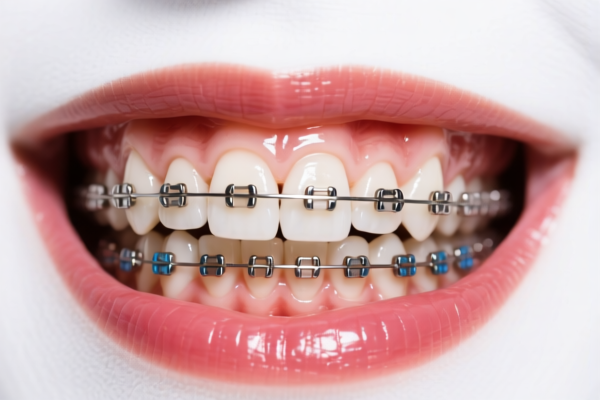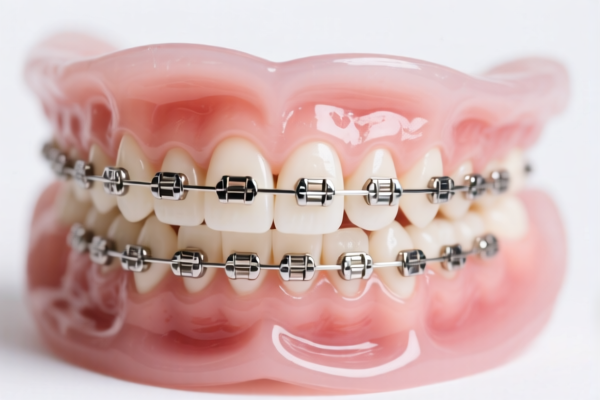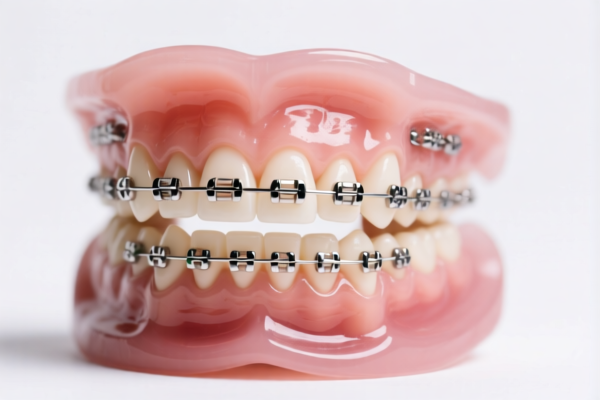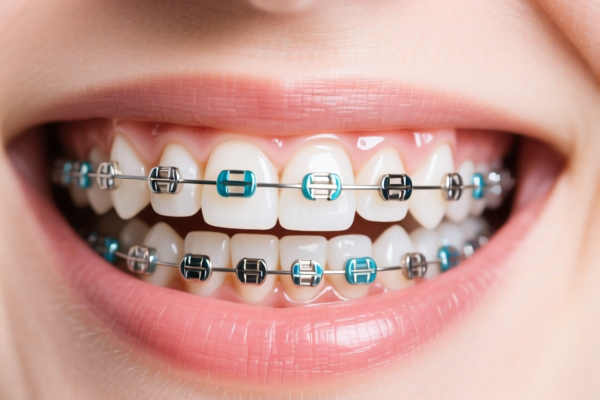| HS Code | Official Doc | Tariff Rate | Origin | Destination | Effective Date |
|---|---|---|---|---|---|
| 9615906000 | Doc | 41.0% | CN | US | 2025-05-12 |
| 9620003090 | Doc | The rate applicable to the article of which it is an accessory+30.0% | CN | US | 2025-05-12 |
| 9620005000 | Doc | 60.3% | CN | US | 2025-05-12 |
| 3923900080 | Doc | 58.0% | CN | US | 2025-05-12 |




Neck Brace
A neck brace (also known as a cervical collar) is a medical device used to support the neck and prevent or limit the motion of the head and neck. It is typically used after traumatic injury or surgery to stabilize the cervical spine.
Material
Neck braces are constructed from a variety of materials, chosen for their rigidity, comfort, and ability to immobilize the neck. Common materials include:
- Plastic: Hard plastic shells (polyethylene) provide rigid support, commonly used in more substantial braces for fracture stabilization.
- Foam: Softer foam (polyurethane) provides cushioning and comfort, often used in simpler, flexible braces for muscle strains or minor pain.
- Metal: Some braces incorporate metal struts for increased rigidity, particularly in halo vests or more complex stabilization devices.
- Fabric: Used for straps, padding, and overall brace construction, often incorporating Velcro closures for adjustability.
Purpose
The primary purposes of a neck brace are:
- Immobilization: To restrict movement of the cervical spine, preventing further injury to vertebrae, ligaments, and the spinal cord.
- Support: To provide external support to the neck muscles and ligaments.
- Pain Reduction: By limiting motion, a neck brace can reduce pain associated with neck injuries or conditions.
- Post-operative Support: To protect the surgical site and promote healing after cervical spine surgery.
Function
A neck brace functions by:
- Distributing Load: The brace evenly distributes the weight and forces acting on the neck, reducing stress on individual vertebrae.
- Limiting Range of Motion: The brace restricts flexion, extension, lateral bending, and rotation of the neck.
- Maintaining Alignment: The brace helps to keep the cervical spine in a neutral position, preventing displacement of vertebrae.
Usage Scenarios
Neck braces are used in a variety of clinical scenarios, including:
- Traumatic Injuries: Following car accidents, falls, sports injuries, or other events causing neck trauma.
- Fractures: To stabilize cervical spine fractures.
- Sprains and Strains: To support neck muscles and ligaments after injury.
- Post-Surgery: Following cervical laminectomy, fusion, or other surgical procedures.
- Spinal Stenosis: To provide temporary relief from pain and instability.
- Cervical Radiculopathy: To reduce pressure on nerve roots.
Common Types
Several types of neck braces are available, categorized by their level of support and rigidity:
- Soft Cervical Collars: Made of foam, these provide minimal support and are used for mild neck pain or muscle strains.
- Rigid Cervical Collars: Constructed with hard plastic shells, these provide more substantial support for fractures or more severe injuries. These often have a two-piece design with anterior and posterior sections.
- Philadelphia Collar: A type of rigid collar commonly used after surgery, designed to allow for easy application and removal.
- Halo Vest: A more complex device used for severe cervical spine fractures, consisting of a metal vest and a halo ring secured to the skull. Provides maximum immobilization.
- Aspen Collar: A rigid collar known for its contoured design and improved comfort.
Based on the provided information, determining the precise HS code for a “neck brace” requires further clarification of its material and intended use. However, here are potential HS codes based on the available data:
- 9615906000: This code covers Combs, hair-slides and the like; hairpins, curling pins, curling grips, hair-curlers and the like, other than those of heading 8516, and parts thereof: Other: Other: Other. While seemingly unrelated, if the neck brace is constructed of materials similar to those used in hair accessories (plastics, etc.) and is considered a personal care item, this could be applicable. The total tax rate is 41.0%, comprised of a 11.0% base tariff, 0.0% additional tariff, and a 30% additional tariff effective April 2, 2025.
- 3923900080: This code covers Articles for the conveyance or packing of goods, of plastics; stoppers, lids, caps and other closures, of plastics: Other Other. If the neck brace is made of plastic and functions as a protective or supportive item for goods (in this case, the neck during transport or recovery), this could be considered. The total tax rate is 58.0%, consisting of a 3.0% base tariff, a 25.0% additional tariff, and a 30% additional tariff effective April 2, 2025.
According to the provided reference material, the HS code options related to 'neck brace' are limited, with only the following 2 found.
It is important to note that the final HS code determination depends on the specific material composition and intended use of the neck brace. Please verify the material and function carefully to ensure accurate classification.
Customer Reviews
No reviews yet.